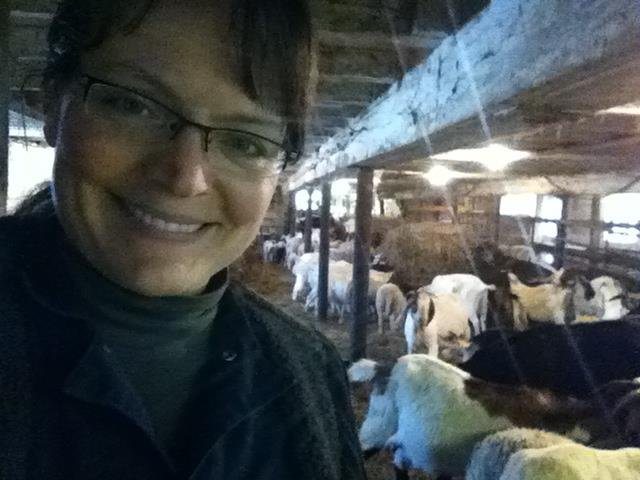Last year marked 50 years of celebrating Earth Day. The first Earth Day was celebrated in 1970, as our nation was realizing the environmental damage done by allowing air and water pollution to go unchecked for over 100 years. It all seems a very distant past, but leaded gasoline, oil spills, raw sewage, and toxic dumps were virtually accepted as the norm in the late 60s and early 70s. Smog was an everyday occurrence in large cities like Los Angeles, choking its residents and blocking out the sun. Lakes and rivers in the Northeast were filled with dead fish, caused in part by acid rain. The bald eagle—the symbol of our nation—and many other forms of wildlife were inexplicably dying off. We didn’t recycle. We used and abused pesticides and herbicides not thoroughly tested. We drove inefficient, gas-guzzling cars.
Two of our nation’s representatives (one Democrat senator, one Republican congressman) organized an event originally targeting college campuses but that eventually spilled over into efforts across the US, bringing in a broad range of organizations and volunteers. That first Earth Day drew 10% of our nation’s population to demonstrate on behalf of the environment. We were in the final throes of the Vietnam War, an exhausted and divided nation, and we managed to unite around something. Can you imagine?
Remarkably, by the end of that year, we had created the Environmental Protection Agency, the National Environmental Education Act, the Occupational Safety and Health Act, and the Clean Air Act. The Clean Water Act and the Endangered Species Act were created shortly thereafter. Today, our air and waterways are demonstrably cleaner; we have eagles once again; and polluters are generally held accountable for their actions.
Of course, we now face new and ever more challenging environmental and climate issues. Of particular interest to me is the focus on agriculture and its contribution to both problems and solutions. Clearly, we need agriculture to feed the 7.8 billion people on earth. But how we go about raising food for so many people is a complicated and urgent problem.
Here are the facts: Food production is cited as contributing as much as 30% to total greenhouse gases. It is also a significant contributor to deforestation, loss of biodiversity, and is the largest user of land and fresh water. Feeding 7.8 billion people takes a lot of resources, so I don’t doubt agriculture’s massive impact.
Within food production, animal agriculture generates the highest levels of emissions, while fruit and vegetable production generates the lowest levels. This leads many experts to propose that we should shift from a meat- and dairy-heavy diet to more of a plant-based diet. At first blush, this seems like a reasoned response. In truth, we really all could (and should!) eat more vegetables for our own health.
But placing blame solely on animal agriculture and shifting all our hope to plant-based alternatives is misdirection. Animal agriculture, as practiced in large part today, is dependent on large-scale feeding operations (CAFOs) and vast tracts of land committed to monocultures (corn and soy.) In the effort to produce cheap meat and dairy, we’ve scaled our animal production for maximum efficiency and planted fencerow to fencerow. Substituting soy-based burgers or soy “milk” may take the animals out of the equation, but it exacerbates our reliance on monocultures and still requires vast amounts of land and water use. In other words, it doesn’t quite solve the problem.
I find it unfortunate that animal agriculture has gotten a bad rap. Because the truth is, animal agriculture can actually play a very beneficial role in reversing climate change. By converting grain-centric feeding operations to grazing grasslands unsuitable for growing crops, we allow the animals to do what they do best: convert grass into meat and dairy, utilize less-than-optimum farmland, and fertilize the soil. Yes, it’s harder (and therefore slightly more expensive) to make meat and milk on grass alone. But proposed meat and dairy alternatives are no less expensive, nor do they seem to offer the same regenerative benefits.
Like I said, it’s complicated. It also wouldn’t hurt you to eat more vegetables (thanks, Mom!) and buy from small, local farms when you are able. It’s a little like recycling and helping clean that stretch of Adopt a Highway; these are all good habits that make the world around us a little better, every day.
As Earth Day 2021 approaches, I like to remind myself of where we were in 1970. We’ve accomplished quite a lot and for that, I am grateful. For the challenges that lie ahead, I know we can do it again!
